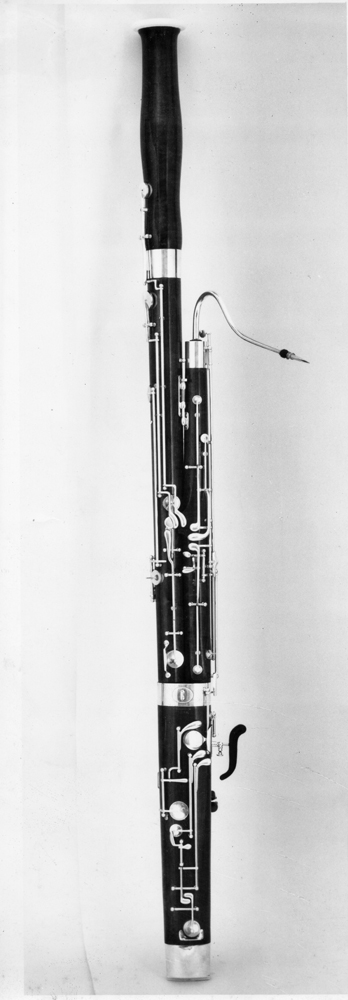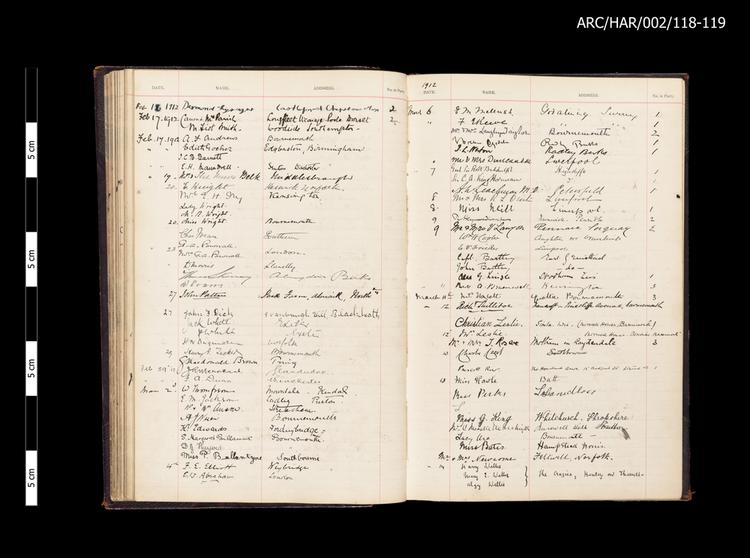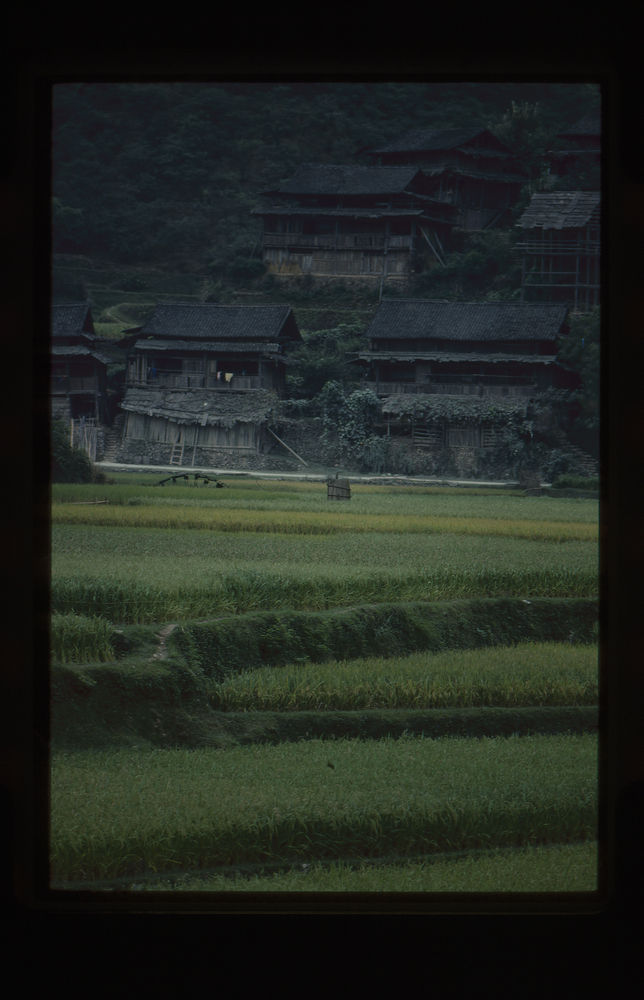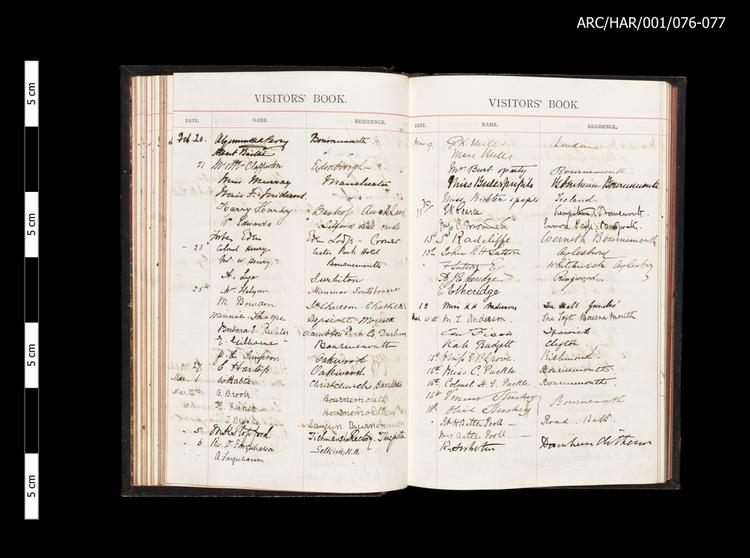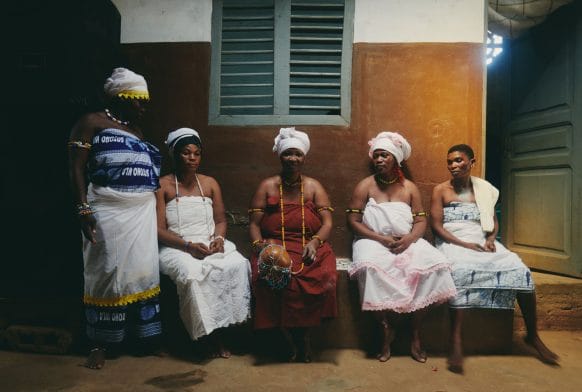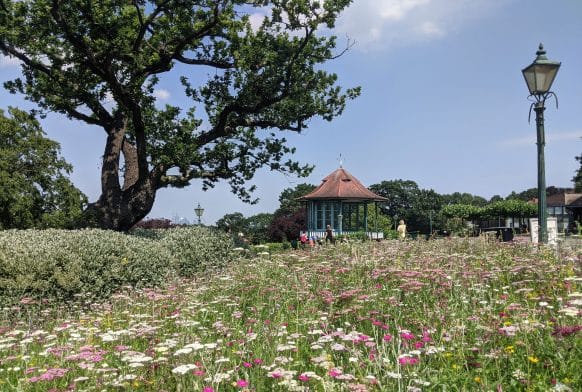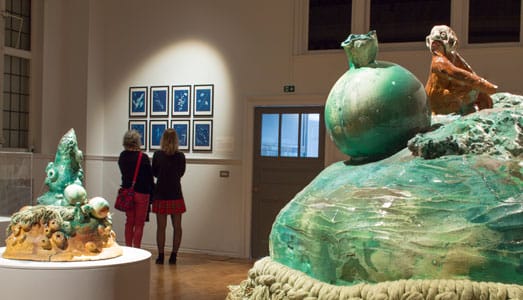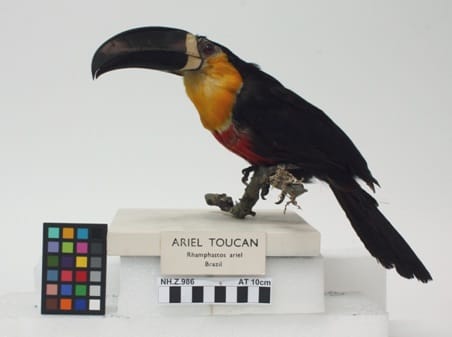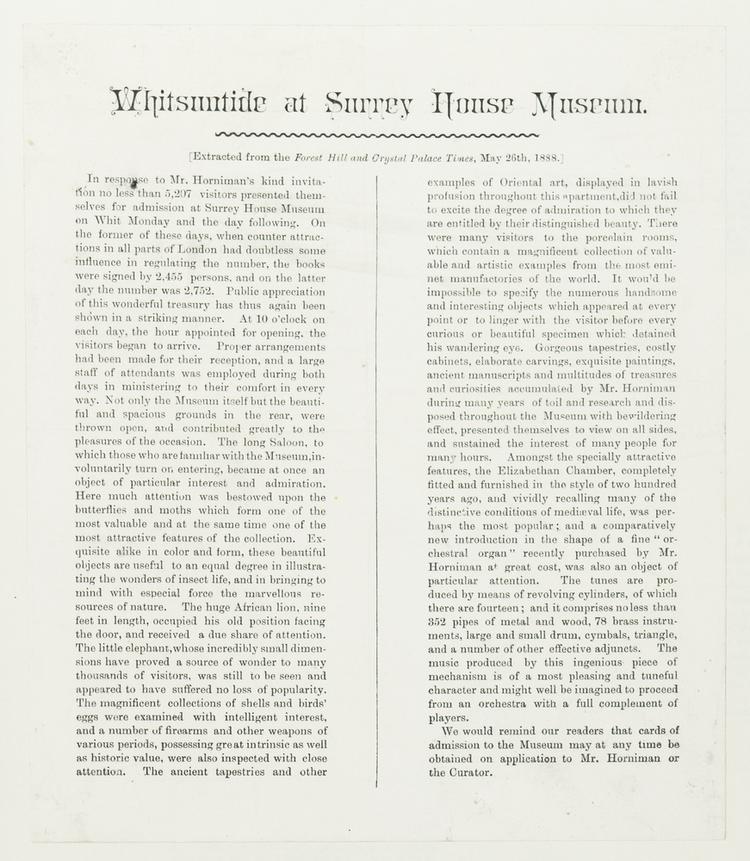
One newspaper article published by the Forest Hill News and Crystal Palace Times on the 26th of May 1888, reporting on the great number of visitors to Surrey House Museum on Whit Monday and the following day. According to the unknown author of the article, the total number of visitors of those two days reached 5, 207. The visitors were attracted not only by the wonders of the Museum, but also by the beauty of the surrounding gardens open to the public on this occasion. Inside the Museum, the Long Saloon immediately caught all visitors’ attention with the valuable and attractive moths, beetles and butterflies collections. The lion specimen impressed with its large size, while the elephant specimen amazed with its incredible small dimensions. Ancient Oriental tapestries, the collection of shells and birds, the weapons and historical armours collections did not fail to elicit enthusiasm. There were many visitors to the porcelain rooms. One special section of great interest proved to be the Elizabethan Chamber, fitted and decorated in the medieval style. Its special atmosphere was what made it, in the author’s opinion, the most popular section of the Museum on that occasion. Another object of particular attention was a recently purchased orchestral organ. The ending paragraph of the article is a short reminder that cards of admission to the Surrey House Museum could be obtained on application to Mr. Horniman or the Curator.



